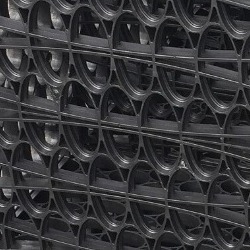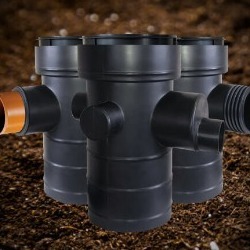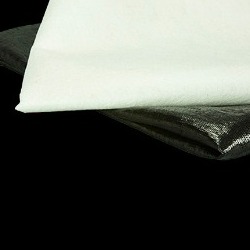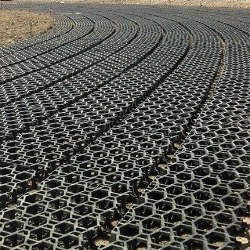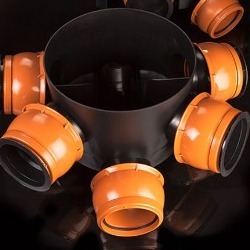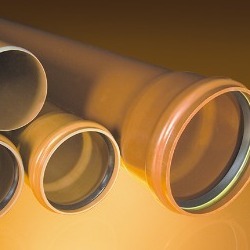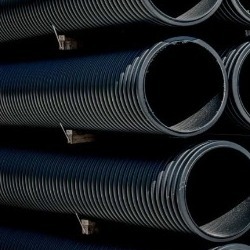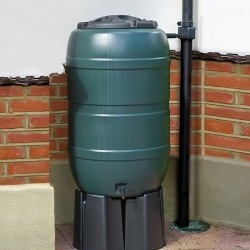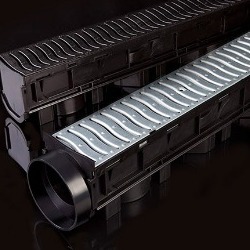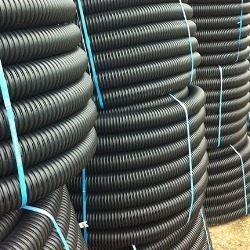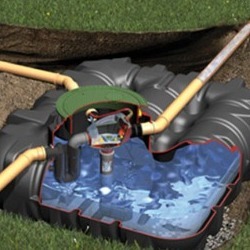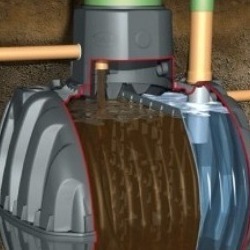Construction
Our Twinwall pipe is made from HDPE (high density polyethylene), a plastic material that is lighter than the traditional concrete alternatives yet is much stronger than PVC. The pipe has ribs in the outer wall for added strength and a smooth internal bore to ensure a high flow rate.
Certification
Our Twinwall drainage pipe is BBA Approved. It is also certified for use by the Highway Authorities Product Approval Scheme (HAPAS) the national Roads and Bridges Authority.
Cutting And Joining Twinwall Pipes
Twinwall pipes can be cut along any of the external ribs using a standard handsaw. Joints, bends and junctions are available; remember to add two ring seals for each fitting when using twin wall for stormwater (not required when using perforated pipe for land drainage).
Plain Or Perforated
Plain pipes are used for the carrying of surface and stormwater. Perforated pipe systems are used as an alternative to land drain to collect excess rainwater from the ground. It is often used in ditch drains and culverts, or in leisure and sporting facilities such as sports pitches and particularly golf courses.
Environmental
An element of the HDPE material is recycled. This means that contractors working to achieve recycled content targets set by local authority planning departments can include our twinwall pipes in their calculations.
Interesting Fact
Twinwall Drainage pipe makes an excellent rabbit or guinea pig run!
How To Install Twinwall Drainage
Twinwall pipes can be cut along any of the external ribs using a standard handsaw. Joints, bends and junctions are available; remember to add two ring seals for each fitting when using twin wall for stormwater (not required when using perforated pipe for land drainage).
DIGGING A TRENCH
Twinwall drainage is best installed using a trench style method.
- The depth of your trench should be anywhere between 300mm - 600mm deep on top of the height/outer diameter of your twinwall pipes, as well as a pipe bed of at least 150mm.
- So for example, if you were installing a twinwall system with pipes of a 300mm diameter, your total trench depth should be 750mm at the minimum.
- The width of the trench should allow for 150mm of sidefill on either side of your pipe.
FILLING THE TRENCH
- Once your trench is fully dug out, fill the bottom 150mm with fine gravel and stones no larger than 10mm in order to create the trench bed.
- You can then lay your pipes, fittings and bends accordingly in the trench.
- Sidefill should be added into the trench next, which should consist of small, well granulated gravel.
- Finally, the backfill can be added which can be made up of a similar gravel and stones that are no larger than 50mm.











